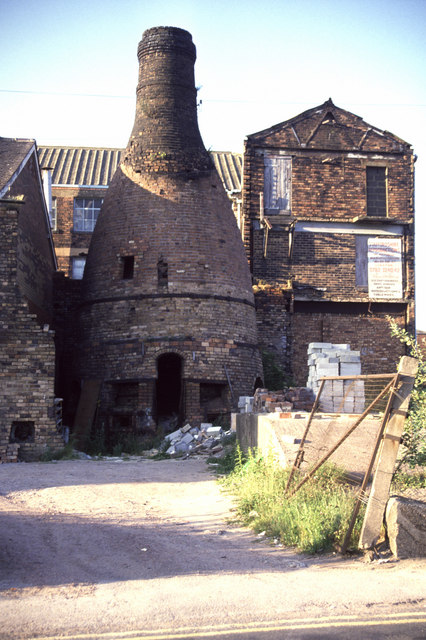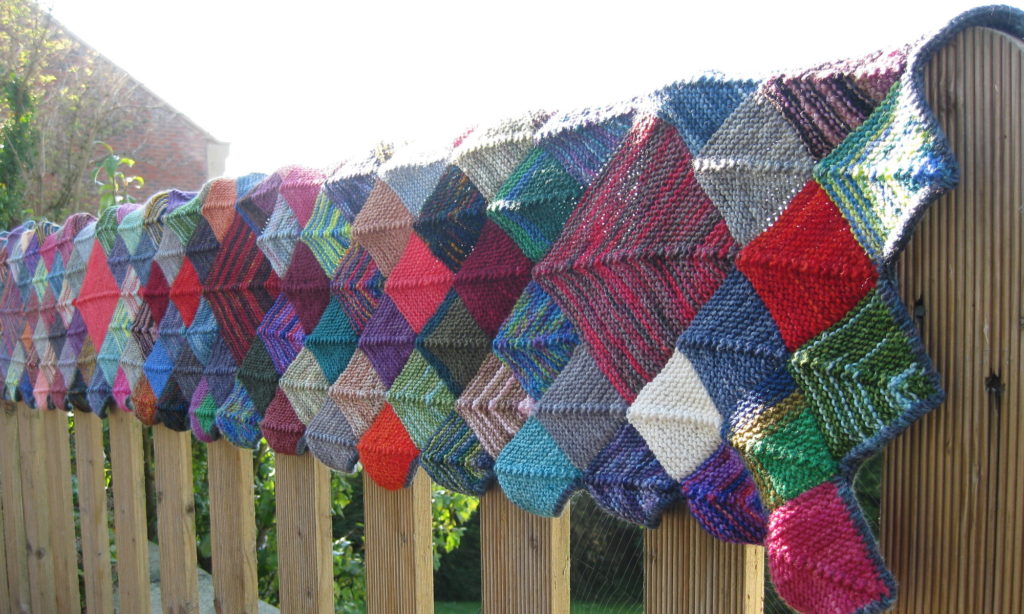This is a bit of a mish-mash of a post. I’ve been trying to sort out in my mind what the influences have been on my relationship with heritage, in all its forms.
Family and heritage
My family are deeply committed to heritage, especially to heritage railways and the preservation of the age of steam. My grandfather was an early participant in the railway preservation movement, joining the Talyllyn Railway Preservation Society in the early 1950s and spending the rest of his life building up a large collection of railway memorabilia, mostly quite legitimately (although there are stories that he removed some items from their original location because “they were in danger of falling off and hurting someone”).
My parents met as volunteers on the Talyllyn and my sister and I joined in as soon as we were old enough. The Talyllyn had (and indeed has) a thriving volunteer social network and it was a great place to make friends and join in the endeavour of getting the trains to run on time. After a few years, it turned out that it was still a good place to meet a spouse as well.
The Talyllyn volunteer community operates in many ways very similarly to a church. There are committees and social groups, plenty of food and drink and the shared endeavour of keeping the railway going. It is a community of all ages, increasingly diverse and inclusive (a far cry from the prosperous white boys club of the 1950s). Even 20 years after stopping my regular voluntary work there, I can still walk in and be greeted by people I have known all my life.
As a child it seemed to me that the twin world-views of Christianity and Railway Preservation were given fairly equal consideration in our family.
Despite the huge influence that railway preservation has had on me, I’ve never been totally convinced of the foundations of the railway heritage movement. In an age where ecological factors play a major part in our lives, why spend energy preserving a form of transport that relies on coal to power it? Especially since the coal now has to come from overseas, the British mines that used to supply it having stopped production. The argument that I have heard is that we need to remember where we have come from and keep the skills alive that are needed to run a fleet of locomotives. The area that the Talyllyn has been awarded UNESCO world heritage status as part of the Welsh Slate industry.
Musical influences
I have a friend called Gary, whose previous band “The Queensberry Rules” has been a car music staple for our family for many years, especially the album “Heritage and History”. Gary comes from the other side of the Potteries (Stoke on Trent) from me but we both grew up in an educational system that used the local industries as inspiration for projects. By the time I was at primary school, the local coal mine was winding down but the big-name potteries were still very much in business (and our school year included a two-week break at the beginning of July for Potters’ Holiday). The highlight of the primary school year was a trip to Gladstone’s Pottery Museum, where you could see inside the bottle-shaped kilns and discover the process of making china and pottery. Did every child come home from the trip clutching a delicate hand-painted china flower? If you are a fan of the Great Pottery Throwdown, you’ll be familiar with Gladstone Pottery Museum.

Fast forward 20 years or so and the industrial landscape of Stoke on Trent had changed beyond recognition. People still flock from around the world to see the home of Wedgwood and Royal Doulton, but there’s not much to see beyond the factory shops and museums now. The actual production of china has long been moved overseas, with the resultant loss of culture and skills to the city.
Gary’s band-mate puts it like this in the title song to the album:
And they’re stripping the past and leaving us be
Lyrics by Phil Hulse 2004
And we’re fated for nothing, you and me
And all that may last, and all that may be
is heritage and history.
So when, in the Church, I end up in a conversation about heritage, this is always at the back of my mind. Heritage can be a mixed blessing – what do the descendents of the potbank workers think about the romanticism of the story of the potteries, as told in the museums, when there are no longer any skilled jobs in the city?
Secular heritage vs sacred heritage
This week, I was listening to the Shedunnit podcast (one of my regular listens – if you are a fan of detective fiction, it is unmissable) and an advert came on for Duchess: The Podcast. This is a series in which a real live Duchess interviews various British women about their work preserving and sustaining the great country houses. I’ve gone back to the beginning and am enjoying it much more than I thought I would.
The interviewees on Duchess come across as being incredibly hard-working and dedicated to the custodianship of these historically significant country houses (Blenheim was the focus of one of the episodes I heard today). What I find interesting is that the value of heritage is taken as read – so far there has been very little questioning of whether what they have is worth preserving. Each episode ends by imagining what the interviewee might say to their descendent in 6-7 generations time. I think they have all assumed that they will still be involved in managing and preserving the house.
Another really interesting theme that has emerged is their focus on the difference it makes when the stately home is also a family home.
“The heartbeat of a private heritage home is the family living in it.” – Emma Rutland
https://www.duchessthepodcast.com/episodes/lady-henrietta-spencer-churchill-of-blenheim-palace
This brings to mind the distinction between a living church building and a redundant church building. There is a different feeling when you enter a living church building. Maybe it’s in the residual smell of incense or coffee, the discarded notice sheet with last Sunday’s date on it, the hymn numbers left up on the board. A living church building will never be pristine – there will always be the evidence that other people have been in there. Just as in a country house, it’s because the family are still using it – in this case the family of God.
“What is it used for now?”
Several people I know are regular duty chaplains at York Minster, spending a few hours a month welcoming visitors, chatting to them and answering their questions. I forget which of my colleagues told me about someone who walked into the minster and, having been on a historical tour, asked what the building is used for in the modern day. The idea that the building might have the same use now as when it was built was apparently beyond their imagining.
When thinking about our churches, we need to have an idea about what the general level of knowledge in the population is about Christianity. It’s probably lower than we think. (A topic for another post there). Perhaps one of the most important things we can do is make it clear that our church buildings are living buildings, still in constant use as places of worship.
What’s God got to do with it?
One of the things that worries me most about the heritage movement in relation to church buildings is that heritage becomes an end in itself. More controversially, do the needs of the heritage movement tend towards idolatry? There will always be a balance to be found between the need to preserve our heritage and the need to continue the living use of a church building. Getting that balance right is difficult. How do we, as Christians, navigate through this and avoid compromising our beliefs?
Coming up in part 2: how does heritage policy affect church buildings and how did we get here?

Comments
One response to “Heritage and History – part 1”
Hello Liz,
I love your Heritage pieces and views. Thought provoking & interesting. My interest is in keeping historic buildings for the skills, craft & beauty and the contribution to society. Particularly as a large amount of 20thC buildings are mediocre and some are just functional with limited contribution to the lives of those using them.
JC from one of your previous parishes